Unit I SELECTION OF MATERIALS
Theory:
Engineering materials:
Introduction to engineering materials- Ferrous and Non Ferrous materials – material
selection-factors affecting the selection of materials-procedure for materials
selection.
Advanced materials – smart materials and nanomaterials-classification of
nanomaterials – applications.
Hardness test:
Brinell hardness test, Rockwell hardness test, Vickers Hardness test – Shore
Hardness Test ( Durometer) – Knowledge on Micro Hardness test
9
Practical:
EXPERIMENT : 1.
Hardness Test: Determination of Rockwell hardness number for various materials
like mild steel, high carbon steel, brass, copper, aluminium and Plastics (Any Two
Materials).
Unit II DEFORMATION OF METALS
Theory:
Simple stresses and strains: Definition – load, stress and strain – classification of
force systems – tensile, compressive and shear force systems– Definition – Hooke’s
law -Young’s modulus – working stress, factor of safety, load factor, shear stress and
shear strain – modulus of rigidity – deformation due to tension and compressive
forces – simple problems in tension, compression and shear force.
Mechanical testing of materials: Tensile test of mild steel in UTM – stress strain
diagram – limit of proportionality – elastic limit -yield stress – breaking stress –
ultimate stress – percentage of an elongation and percentage reduction in area ( no
problems)- fatigue test – creep test.
9
Practical:
EXPERIMENT : 2.
Tensile Test on materials : Determine young’s modulus of elasticity, yield stress,
ultimate stress, breaking stress, percentage of elongation and percentage of
reduction in area of a given specimen ( Mild steel, Cast Iron , Aluminium, Brass)
(Any one material) and plot stress strain diagram.
4
Unit III ELASTIC CONSTANTS AND STRAIN ENERGY
Theory:
Elastic constants: Definition – lateral strain – poison’s ratio – volumetric strain – bulk
modulus – volumetric strain of rectangular and circular bars (No derivation) –
problems connecting linear, lateral and volumetric deformation – Simple problems
on elastic constants.
Strain energy: Definition – proof resilience – modulus of resilience – the expression
for strain energy stored in a bar due to axial load – instantaneous stresses due to
sudden and impact loads (No derivation) – problems computing instantaneous
stress and deformation in sudden and impact loadings.
EXPERIMENT : 3.
Impact test : Find the impact strength of the given specimen ( Mild steel, Cast Iron,
Aluminium and Brass) (Any Two materials) using izod test and Charpy test.
3
Unit IV THEORY OF TORSION
Theory:
Torsion: Theory of torsion – assumptions – torsion equation
(no derivation)- strength of solid and hollow shafts – power transmitted – definition –
polar modulus – sectional modulus – torsional rigidity – strength and stiffness of
shafts – comparison of hollow and solid shafts in weight and strength
considerations – advantages of hollow shafts over solid shafts – shear stress
distribution – problems.
Material testing: Torsion testing machine (Description only).
9
Practical:
EXPERIMENT : 4.
Torsion test: Determine the shear stress and modulus of rigidity of the given
specimen ( Mild steel, Cast Iron, Aluminium and Brass) (Any two materials) using a
Torsion testing machine.
4
Unit V SPRINGS AND THIN CYLINDERS
Theory:
Springs: Types of springs – laminated and coiled spring – applications – types of
coiled springs – difference between open and closely coiled helical springs – closely
coiled helical spring subjected to an axial load (no derivation) – problems to
determine shear stress, deflection, stiffness and resilience of closed coil helical
springs.
Thin cylinders: Definition – thin cylindrical shell – failure of thin cylindrical shell
subjected to internal pressure – hoop and longitudinal stresses causes in thin
cylindrical shell subjected to internal pressure (no derivation) – simple problems –
change in dimensions of a thin cylindrical shell subjected to internal pressure –
problems
Practical:
EXPERIMENT : 5.
Test on springs of circular section: Determine the modulus of rigidity and strain
energy, and stiffness of the open coiled helical springs.
EXPERIMENT : 6.
Determine the modulus of rigidity and strain energy, and stiffness of the closed
coiled helical springs.



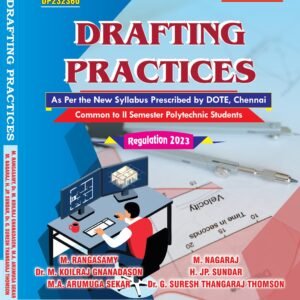
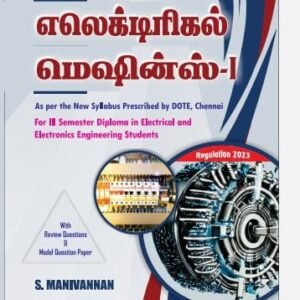
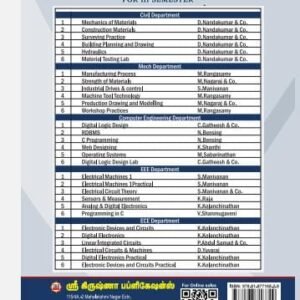



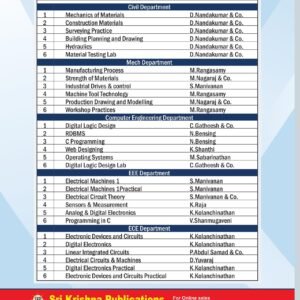
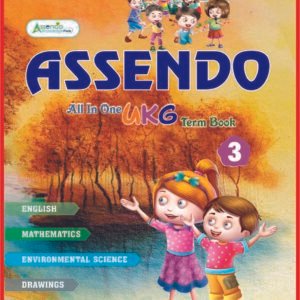
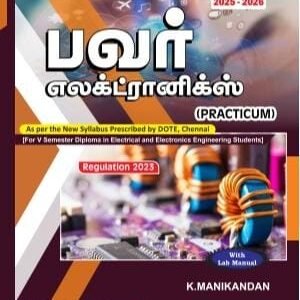

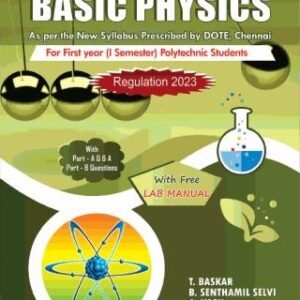
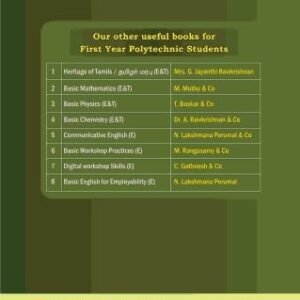
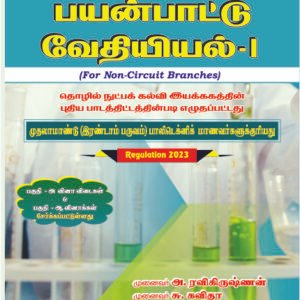

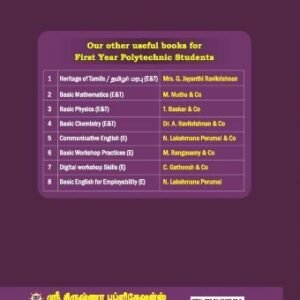

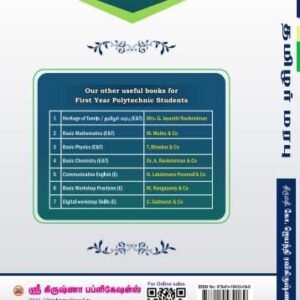
Reviews
There are no reviews yet.